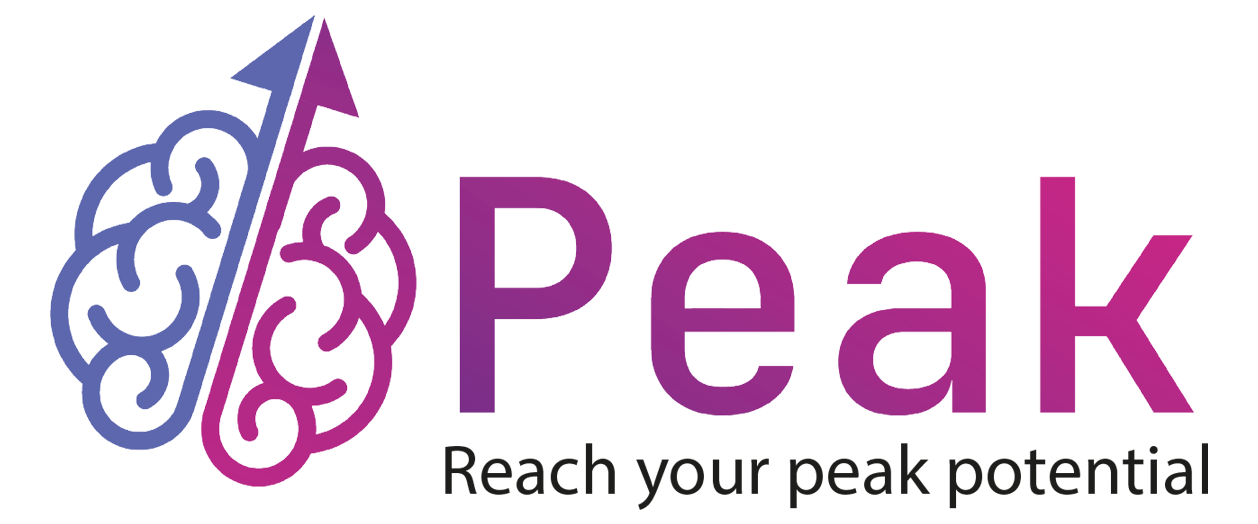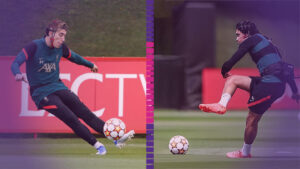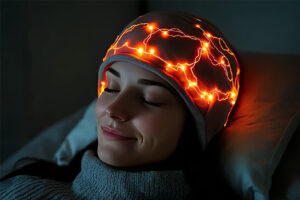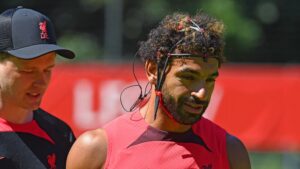Mental training is a crucial aspect of athletic success. While traditional methods such as visualization and meditation have long been used by athletes to enhance focus and emotional control, neurofeedback has emerged as a modern alternative offering real-time feedback.
In thispost, we’ll compare neurofeedback with other mental training techniques, such as visualization and meditation, exploring the benefits and limitations of each method and how they can be integrated for comprehensive mental training.
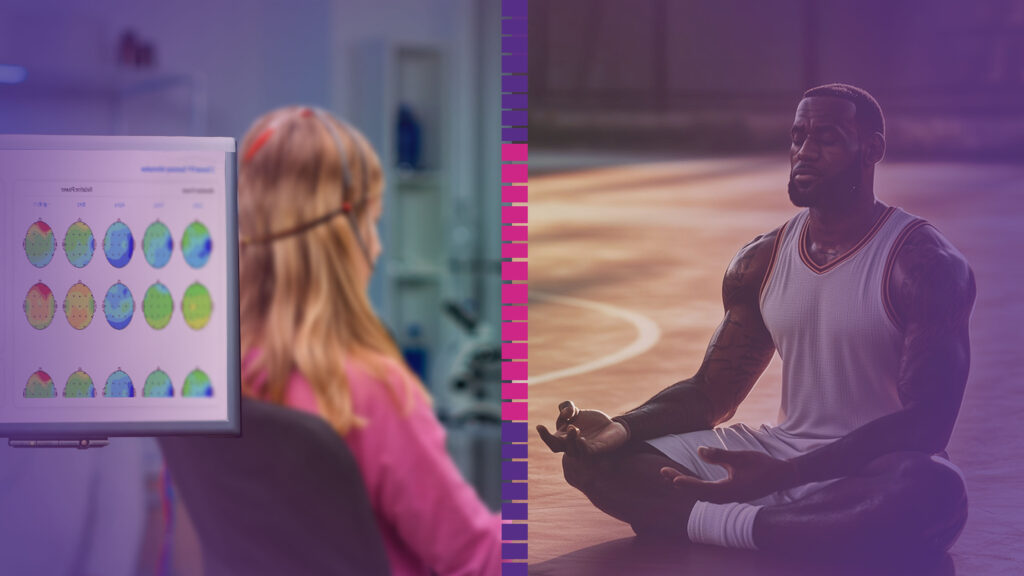
Neurofeedback: Real-Time Brain Training
Neurofeedback, also known as EEG biofeedback, uses real-time monitoring of brainwave activity to help individuals optimize their mental states. By providing immediate feedback, neurofeedback allows athletes to see how their brains respond to various mental challenges and helps them train for optimal performance.
Real-Time Feedback
Neurofeedback stands out from other mental training methods by offering real-time feedback on brain activity. Athletes can observe changes in their brainwave patterns during training sessions and adjust their mental state accordingly. This makes neurofeedback particularly effective for those looking to improve focus, emotional
regulation, and stress management.know more about how Neurofeedback works here.
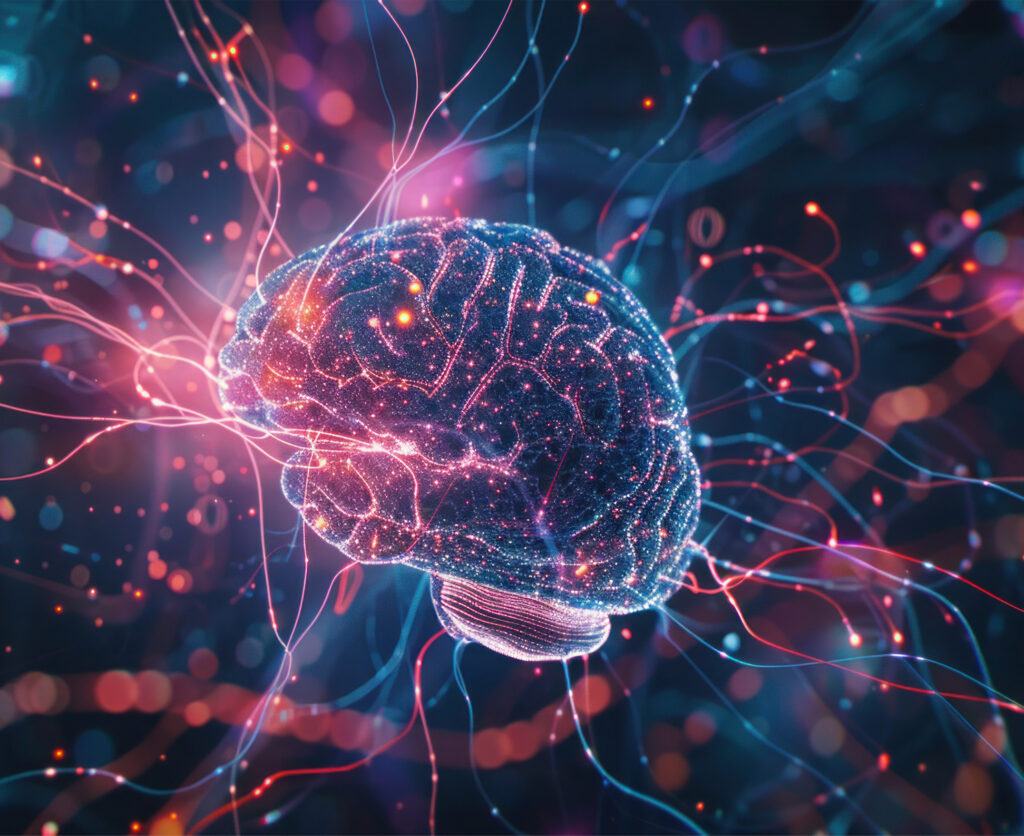
Visualization: Training the Mind to Picture Success
Visualization is a self-guided technique where athletes mentally rehearse scenarios to improve performance. Athletes often use visualization to “see” themselves succeeding, from making the perfect shot in basketball to crossing the finish line in a marathon. This method helps improve confidence, concentration, and muscle memory.
Self-Guided Approach
Unlike neurofeedback, visualization is a self-guided process. Athletes mentally rehearse their actions without receiving real-time data on brain activity.
Visualization relies on an athlete’s ability to focus on mental images, which may be challenging for those who struggle with concentration
Research on Effectiveness:
Numerous studies have shown that visualization can improve performance across various sports. For example, Olympic athletes often use visualization to mentally prepare for competitions, which helps reduce anxiety and boost confidence.
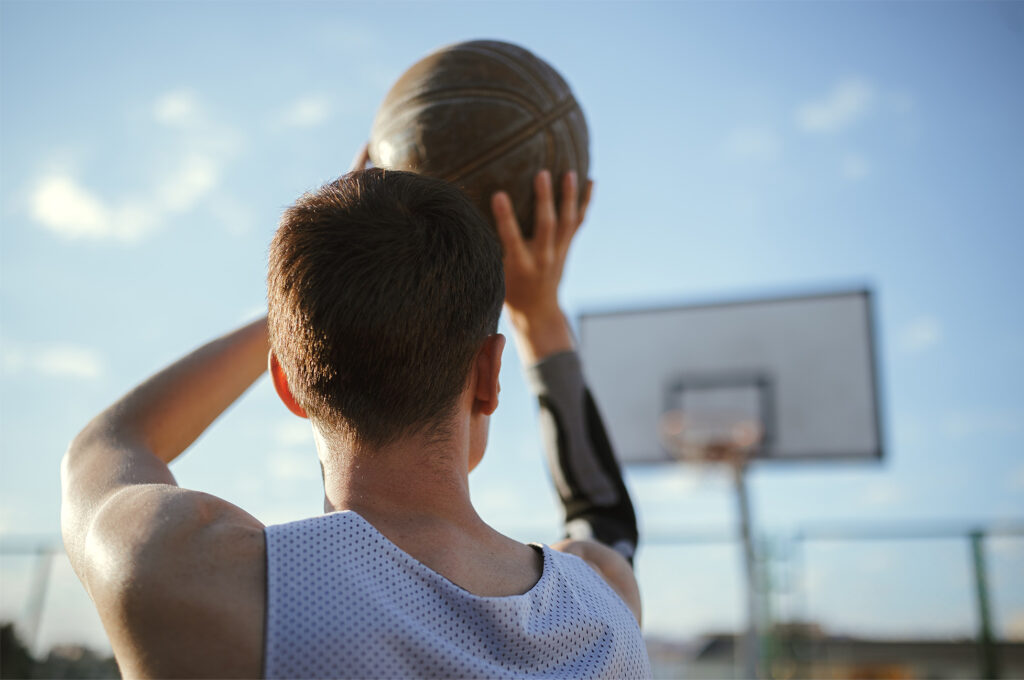
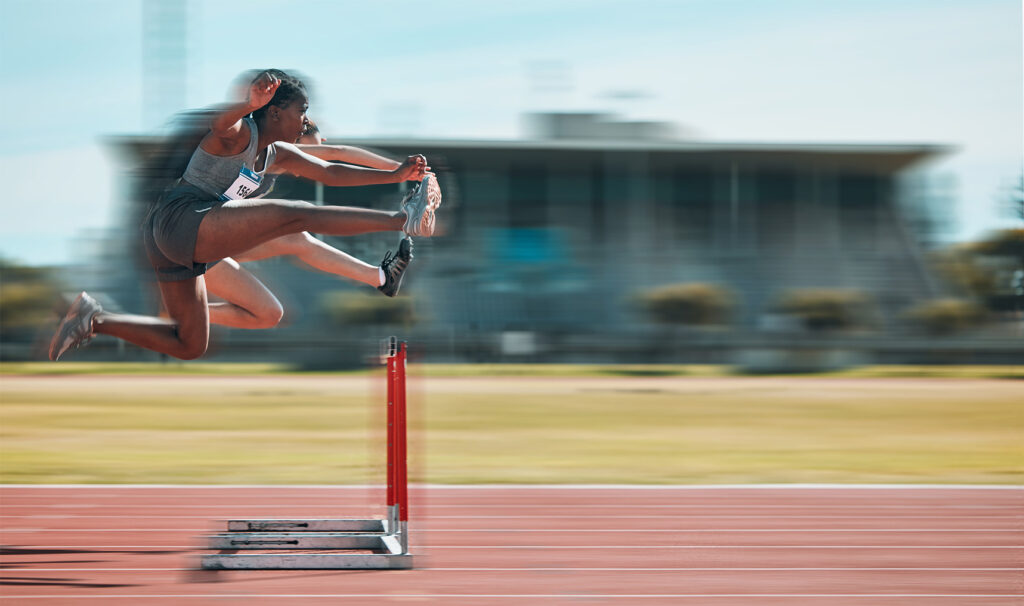
Meditation: Cultivating Calm and Focus
Meditation is another traditional mental training technique used by athletes to enhance focus and emotional regulation. By practicing mindfulness, athletes learn to calm their minds, reduce anxiety,
and remain present in the moment.
Focus on Mindfulness
Meditation promotes mindfulness and helps athletes achieve mental clarity. However, unlike visualization, meditation does not provide real-time feedback on brainactivity. Athletes like Kirk Cousins, a professional quarterback in the NFL, experience subjective progress that may vary based on their ability to maintain concentration and mindfulness.
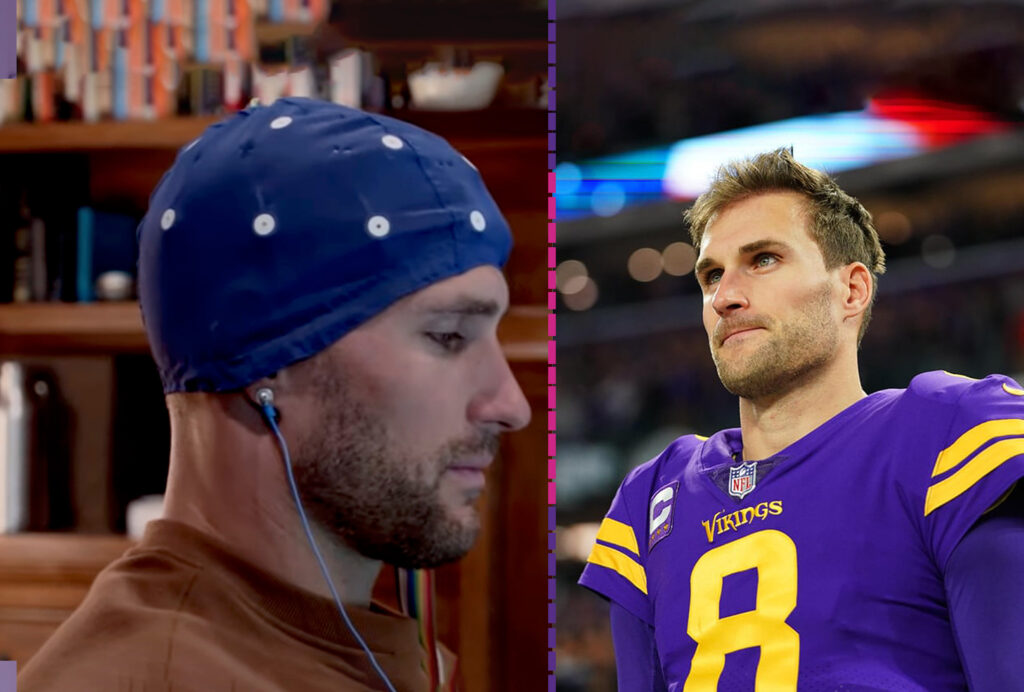
Benefits
Meditation is especially effective at reducing stress and anxiety, which can interfere with athletic performance. Many top athletes, including those in the NBA and NFL, like Kobe Bryant , an NBA player, use meditation as part of their mental training routine.
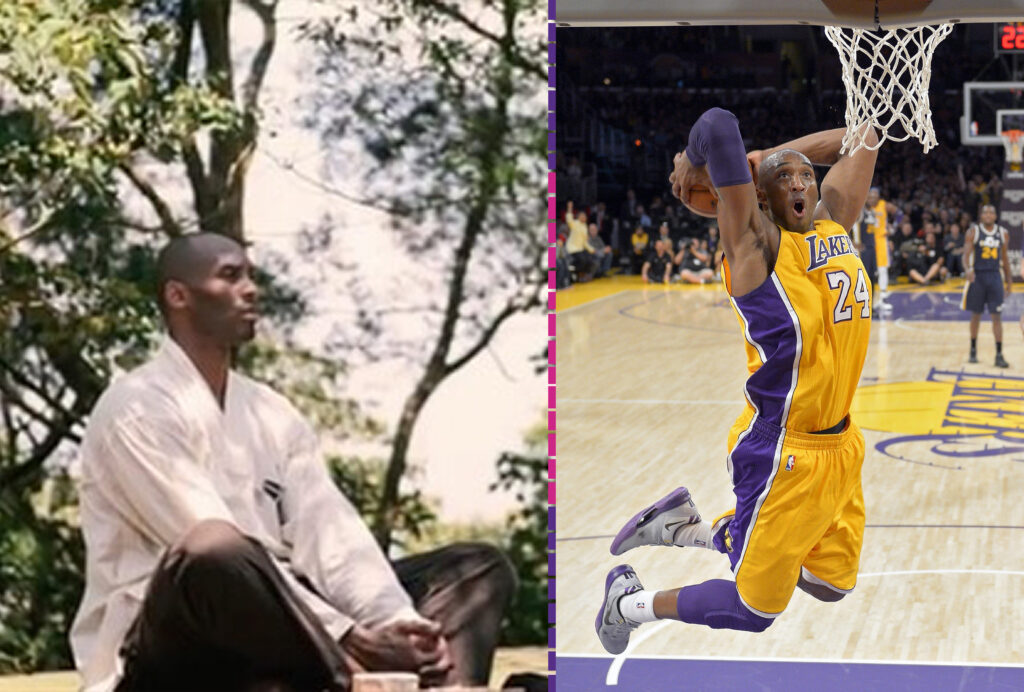
Benefits and Limitations of Each Method
1. Neurofeedback
- Benefits: Real-time feedback, personalized brain training, improved focus and emotional regulation.
- Limitations: Requires specialized equipment and professional guidance, may involve a learning curve.
2. Visualization
- Benefits: Enhances confidence and muscle memory, helps athletes mentally rehearse challenging scenarios.
- Limitations: Progress is subjective, relies on the athlete’s ability to visualize effectively.
3. Meditation
- Benefits: Reduces stress and anxiety, promotes mindfulness and mental clarity.
- Limitations: No real-time feedback, effectiveness may depend on an individual’s ability to maintain focus during practice.
Recommendations for Comprehensive Mental Training
Integrating Neurofeedback with Visualization and Meditation:
Athletes can achieve comprehensive mental training by combining neurofeedback with traditional methods like visualization and meditation. For example:
- Use Neurofeedback to enhance focus and monitor brain activity during training sessions.
- Incorporate visualization techniques to mentally rehearse key moments in competition.
- Practice meditation to reduce stress and anxiety, promoting emotional balance before and after events.
Unlock peak performance with Neurofeedback athletes training at Peak Centers.
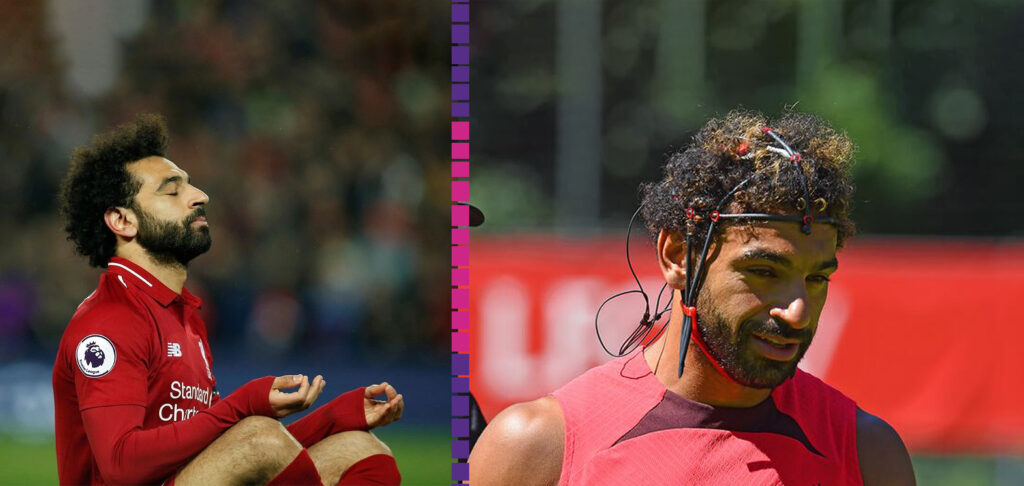
Conclusion: Choosing the Right Mental Training Techniques
Both neurofeedback and traditional mental training methods offer unique benefits to athletes. Neurofeedback provides the advantage of real-time feedback, allowing athletes to see tangible progress in their mental state. Meanwhile, visualization and meditation offer well-established techniques for building confidence, reducing anxiety, and improving performance. By integrating all three methods, athletes can optimize their mental training for peak performance.
If you’re ready to elevate your game and unlock your full potential, contact Peak Centers today to schedule your first session.
